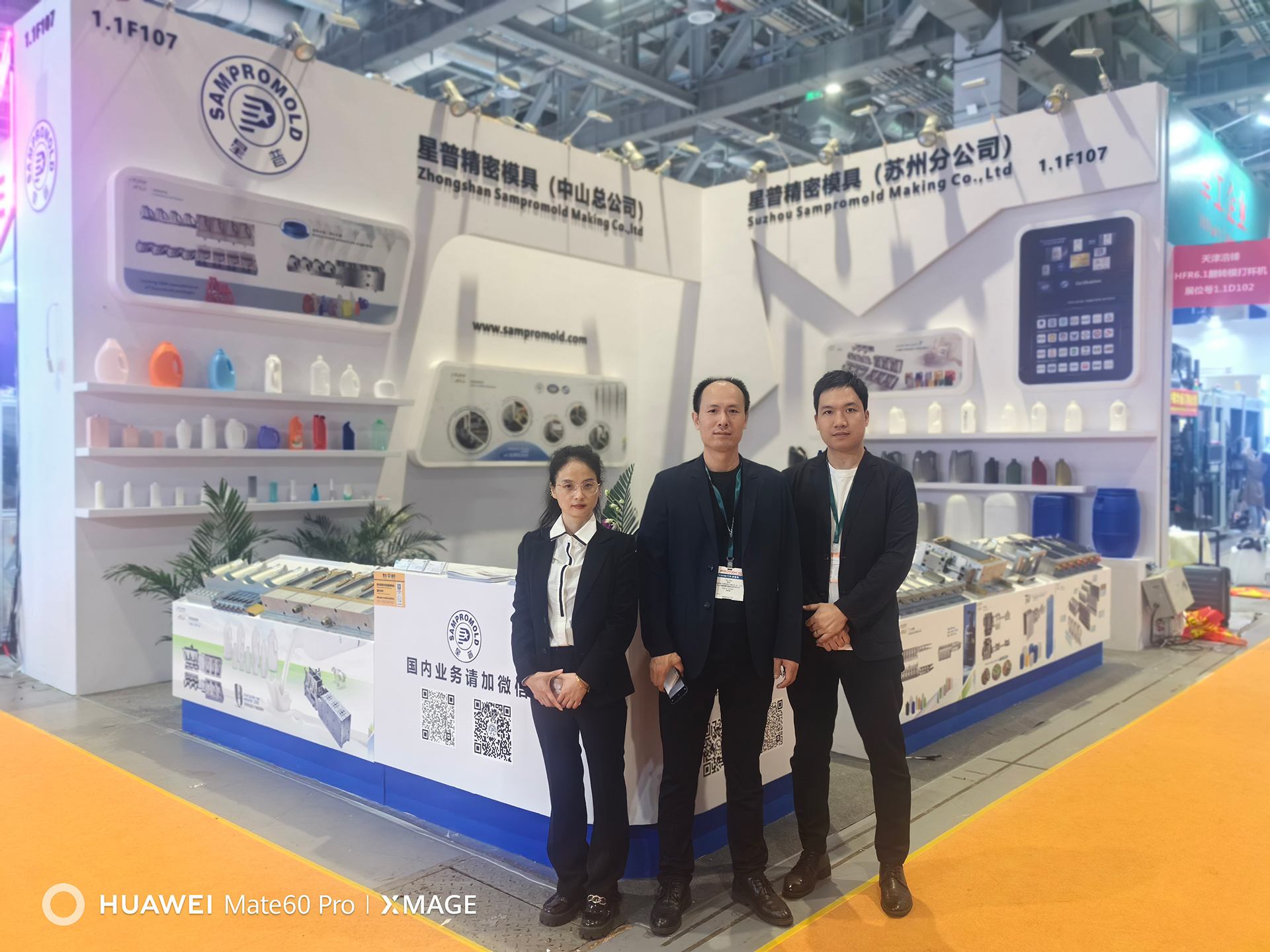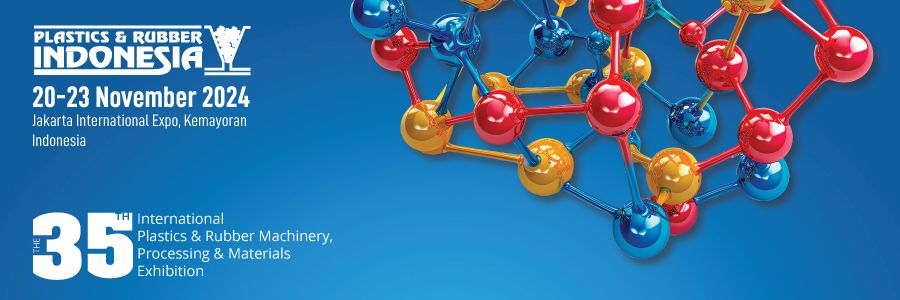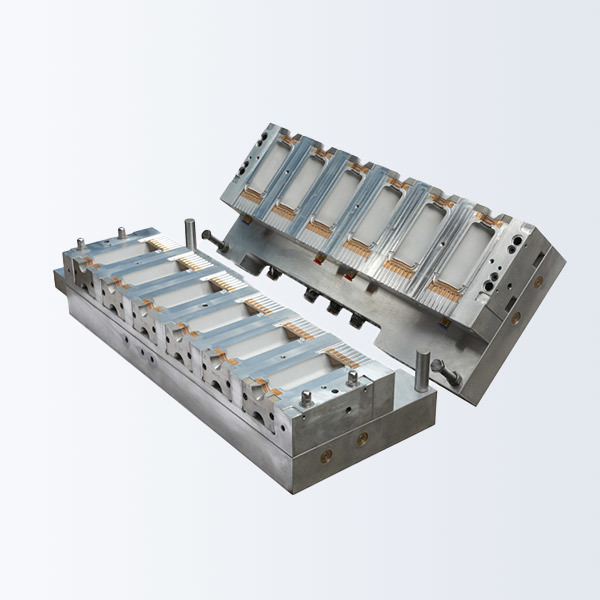Maximizing Efficiency with Discount Liquid Silicone Rubber Injection Molds
Time:
2025-03-07
Maximizing Efficiency with Discount Liquid Silicone Rubber Injection Molds
Table of Contents
1. Introduction to Liquid Silicone Rubber Injection Molding
2. The Rise of Discount Liquid Silicone Rubber Injection Molds
3. Advantages of Using Liquid Silicone Rubber in Injection Molding
3.1 Superior Elasticity and Flexibility
3.2 Enhanced Durability and Resistance
3.3 Cost-Effectiveness and Efficiency
4. Applications of Liquid Silicone Rubber Injection Molds
4.1 Medical Industry Applications
4.2 Automotive Industry Uses
4.3 Consumer Goods and Electronics
5. Choosing the Right Discount Liquid Silicone Rubber Injection Mold
5.1 Factors to Consider
5.2 Where to Find Reliable Suppliers
6. Best Practices for Efficient Production
7. Common Challenges and Solutions in Liquid Silicone Rubber Injection Molding
8. Frequently Asked Questions (FAQs)
9. Conclusion
1. Introduction to Liquid Silicone Rubber Injection Molding
In today's highly competitive manufacturing landscape, efficiency is paramount. Liquid Silicone Rubber (LSR) injection molding has emerged as a pivotal technology that enables manufacturers to produce high-quality parts with speed and precision. This technique combines the fluidity of silicone rubber with the innovative capabilities of injection molding, resulting in products that not only meet stringent quality standards but are also cost-effective. By leveraging discount liquid silicone rubber injection molds, companies can maximize their operational efficiency while minimizing production costs.
2. The Rise of Discount Liquid Silicone Rubber Injection Molds
As industries continue to evolve, the demand for innovative and affordable manufacturing solutions has surged. Discount LSR injection molds offer an attractive option for businesses looking to optimize their production processes without compromising quality. These molds provide an effective way to create intricate designs and complex shapes while keeping costs down, enabling manufacturers to remain competitive.
3. Advantages of Using Liquid Silicone Rubber in Injection Molding
Liquid silicone rubber presents numerous advantages that make it an ideal choice for various applications. Understanding these benefits is key to maximizing production efficiency.
3.1 Superior Elasticity and Flexibility
One of the most notable features of LSR is its superior elasticity and flexibility. This characteristic allows manufacturers to design products with intricate details that can withstand repeated stretching and compression. As a result, products made from LSR maintain their shape and performance over time, reducing the need for frequent replacements.
3.2 Enhanced Durability and Resistance
LSR is known for its durability and resistance to extreme temperatures, UV light, and chemicals. This makes it suitable for applications in harsh environments, such as automotive and medical industries. The long-lasting nature of LSR means that manufacturers can produce components that require less maintenance and offer greater reliability.
3.3 Cost-Effectiveness and Efficiency
Discount LSR injection molds provide a cost-effective solution for manufacturers. These molds enable faster production cycles and reduced waste, leading to lower overall manufacturing costs. Moreover, the efficiency of LSR molding allows for rapid prototyping, ensuring quicker time-to-market for new products.
4. Applications of Liquid Silicone Rubber Injection Molds
The versatility of liquid silicone rubber injection molds allows for a wide range of applications across various industries.
4.1 Medical Industry Applications
In the medical field, LSR is used to create components such as seals, gaskets, and connectors. Its biocompatibility and sterilization capabilities make it an ideal choice for medical devices that require stringent hygiene standards. Manufacturers can produce intricate designs that meet regulatory compliance while ensuring patient safety.
4.2 Automotive Industry Uses
The automotive sector utilizes LSR for various components, including seals, hoses, and vibration dampeners. The material's resistance to temperature fluctuations and chemicals makes it suitable for high-performance applications. Manufacturers can leverage discount LSR injection molds to produce reliable components that enhance vehicle safety and efficiency.
4.3 Consumer Goods and Electronics
In the consumer goods sector, LSR is used for products ranging from kitchenware to electronic device housings. Its aesthetic appeal, combined with durability, makes it a popular choice among manufacturers. Discount LSR molds allow companies to meet consumer demands for high-quality, innovative products while maintaining profitability.
5. Choosing the Right Discount Liquid Silicone Rubber Injection Mold
Selecting the appropriate LSR injection mold is critical for achieving optimal production efficiency.
5.1 Factors to Consider
When choosing a discount LSR injection mold, manufacturers should consider factors such as mold design complexity, production volume, and material specifications. Understanding the specific requirements of the intended application will guide manufacturers in selecting the right mold for their needs.
5.2 Where to Find Reliable Suppliers
Identifying trustworthy suppliers is essential for acquiring high-quality discount LSR injection molds. Manufacturers should seek suppliers with a proven track record, positive customer reviews, and a commitment to quality assurance. Engaging with industry networks and attending trade shows can also help in finding reliable suppliers.
6. Best Practices for Efficient Production
To maximize the efficiency of liquid silicone rubber injection molding, manufacturers should adopt best practices in their production processes.
1. **Optimize Mold Design**: Ensure that the mold design facilitates efficient filling and minimizes cycle times. Proper venting and gate placement can significantly affect the final product's quality and production speed.
2. **Maintain Equipment**: Regular maintenance of injection molding machines is crucial. Properly functioning machinery leads to fewer disruptions and longer production runs.
3. **Train Personnel**: Well-trained operators can identify issues quickly and optimize production processes. Investing in employee training enhances overall operational efficiency.
4. **Conduct Regular Quality Checks**: Establish robust quality control measures to detect defects early in the production process. This proactive approach reduces waste and ensures that only high-quality products reach the market.
7. Common Challenges and Solutions in Liquid Silicone Rubber Injection Molding
Despite its benefits, liquid silicone rubber injection molding can present challenges. Understanding these challenges and their solutions is vital for maintaining efficiency.
- **Challenge**: Inconsistent Product Quality
**Solution**: Implement strict quality control measures and conduct regular inspections throughout the production process. This can help identify and rectify issues before they escalate.
- **Challenge**: Injection Molding Machine Malfunctions
**Solution**: Regular maintenance and timely repairs can prevent breakdowns and minimize downtime. Operators should be trained to troubleshoot minor issues.
- **Challenge**: High Initial Costs of Molds
**Solution**: While discount LSR molds may have an initial cost, their long-term benefits in terms of reduced waste and faster production can result in significant savings.
8. Frequently Asked Questions (FAQs)
Q1: What is liquid silicone rubber (LSR) used for?
**A1:** Liquid silicone rubber is used in various applications, including medical devices, automotive components, consumer goods, and electronics, due to its durability and flexibility.
Q2: How do discount liquid silicone rubber injection molds differ from traditional molds?
**A2:** Discount LSR injection molds are designed to be cost-effective while still maintaining high quality, allowing manufacturers to produce intricate designs at a lower initial investment.
Q3: Are LSR injection molds suitable for high-volume production?
**A3:** Yes, LSR injection molds are highly suitable for high-volume production due to their efficiency, quick cycle times, and ability to produce uniform parts.
Q4: Can liquid silicone rubber be recycled?
**A4:** Liquid silicone rubber is not recyclable in the traditional sense, but some manufacturers are exploring methods to reuse or repurpose waste material, contributing to sustainability efforts.
Q5: What are the advantages of using LSR over other materials?
**A5:** LSR offers superior elasticity, durability, temperature resistance, and biocompatibility, making it ideal for a wide range of applications compared to other materials.
9. Conclusion
Maximizing efficiency with discount liquid silicone rubber injection molds is a strategic approach for manufacturers looking to enhance their production capabilities while reducing costs. By understanding the benefits of LSR, exploring its applications, and implementing best practices, businesses can optimize their manufacturing processes. The adoption of discount LSR molds not only contributes to operational efficiency but also enables companies to deliver high-quality products that meet market demands. As industries continue to evolve, leveraging the advantages of liquid silicone rubber will undoubtedly remain a key factor in achieving long-term success and sustainability in manufacturing.
RELATED NEWS













